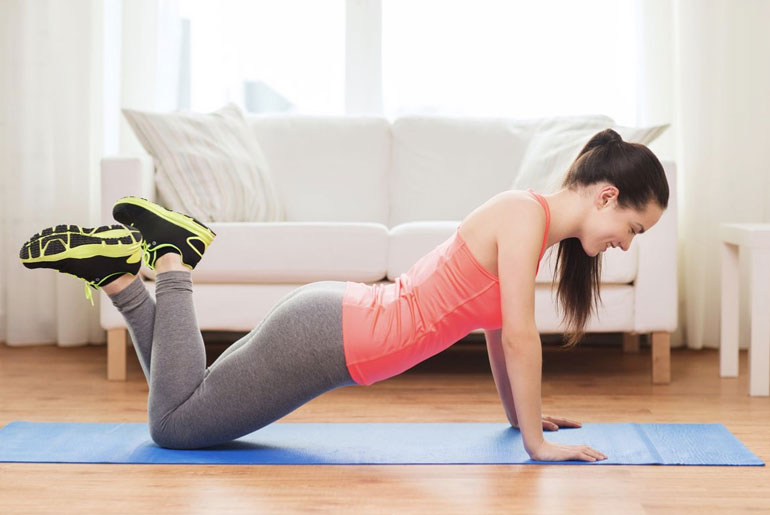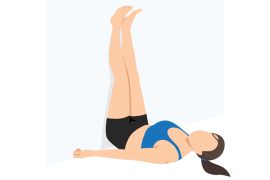Walking engages more than just the lower body. The entire body is activated during walking, involving the core, upper back, shoulders, glutes, calves, ankles, and feet. Good posture is supported by the core, upper back, and shoulders, while arm movement contributes to the engagement of these upper body muscles. Strength Exercises Tailored for Walkers to Enhance Endurance and Performance. Uphill walking intensifies the workout, targeting the quadriceps, glutes, and calves more than walking on level ground.
Incorporating strength-based training with walking can maximize health benefits. Research indicates that combining a 10-week walking program with at-home resistance training improves muscle quality and size in older adults, enhancing their ability to perform daily activities. Full-body strength training is emphasized for overall health, helping individuals function better in their day-to-day lives.
Moreover, a study involving nearly 12,000 healthy adults revealed that those meeting weekly recommendations for both aerobic exercise (such as walking) and resistance exercise had the lowest risk of developing obesity compared to those who didn’t meet these exercise markers. Therefore, pairing walking with strength training is considered a practical approach to maintaining a healthy weight for walkers.
When creating a strength training routine to complement walking, it is recommended to focus on targeting the muscles most utilized during walking, including the glutes, quadriceps, hamstrings, ankles, and feet. This comprehensive approach ensures a balanced workout that supports overall health and fitness.
10-Minute Strength Routine for Walkers:
For walkers aiming to enhance their strength training regimen, study suggests a concise 10-minute routine comprising five exercises tailored for individuals of all proficiency levels. The routine commences with 10 repetitions per exercise, gradually progressing to 15 as one advances in strength. This sequence serves as a warm-up for a brief walk or as an effective strength-building session on days devoid of walking.
Study emphasizes the importance of integrating these exercises at least twice weekly, highlighting their low-intensity nature, which allows for more frequent sessions without overexertionfor walkers. Furthermore, she underscores the value of augmenting this routine with other body weight or weighted exercises that engage both upper and lower body regions. Aligning with the Centers for Disease Control and Prevention’s guidelines, incorporating a minimum of two comprehensive strength sessions weekly, targeting primary muscle groups and exercising them until reaching fatigue.
However, for novices in strength training. This ensures proper execution, minimizes injury risks, and maximizes exercise efficacy. Prioritizing safety, study cautions individuals to consult with healthcare providers before embarking on these exercises, especially those grappling with underlying health issues or recuperating from ailments. She reaffirms the fundamental principle of gradually introducing strength exercises, allowing the body adequate time to acclimate to increased physical demands.
Exercise 1: Side-Lying Clam
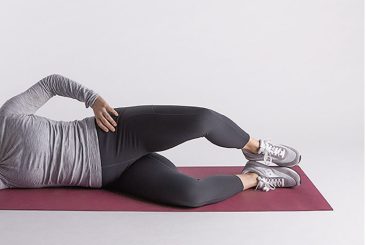
This exercise engages and strengthens hip muscles crucial for walking. Lie on your right side, supporting your head with your right arm and placing your left hand in front of your chest for stability. With legs extended and stacked, bend your knees to a 45-degree angle, keeping ankles together. Lift your top knee while squeezing the muscles on the side of your top hip, then slowly lower it. Repeat, and switch sides.
Exercise 2: Glute Bridges
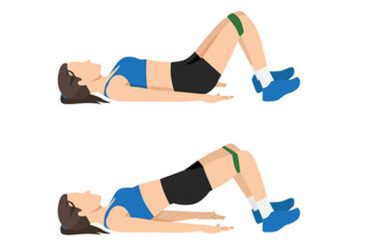
Targeting the glutes, a vital muscle group for walking, lie on your back with arms by your sides. Bend your knees, bringing feet six inches from your glutes with flat soles. Lift your hips towards the ceiling, squeezing your glutes at the top. Pause and lower your hips to the floor with control. Repeat.
Exercise 3: Banded Side Steps
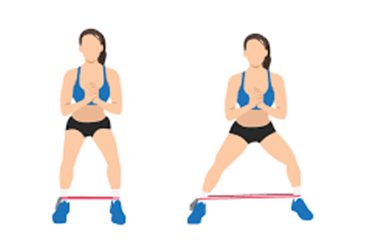
Utilizing a mini resistance band, this exercise activates muscles relevant for lateral movements. Place the band around your ankles or above your knees. Stand with feet hip-width apart, slightly bend your knees, and step your right foot to the right. Follow with the left foot, then step to the left. Repeat, switching directions.
Exercise 4: Single-Leg Step-Up
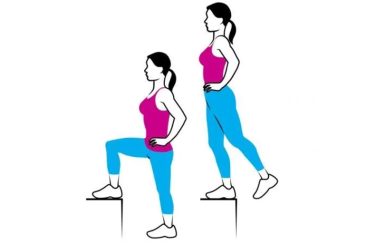
Enhance balance during walking with single-leg movements. Use a staircase or a sturdy surface. Plant your right foot on the step, push through it to step up, and straighten your leg. Follow with your left foot, then step down with your right foot, keeping the left foot on the step. Repeat, alternating legs.
Exercise 5: Heel and Toe Walks with Calf Raises
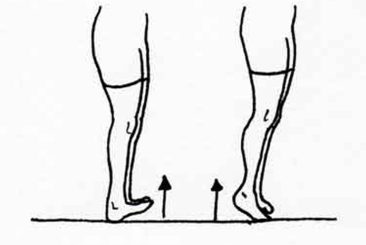
Strengthen ankle and calf muscles mid-walk. Take three steps per foot with weight on your heels, then shift to your toes for another three steps. Stop and perform three calf raises: slowly raise heels, shift weight onto the balls of your feet, squeeze calf muscles at the top, and lower heels. Use support for balance if needed.
Disclaimer:
The information contained in this article is for educational and informational purposes only and is not intended as a health advice. We would ask you to consult a qualified professional or medical expert to gain additional knowledge before you choose to consume any product or perform any exercise.

